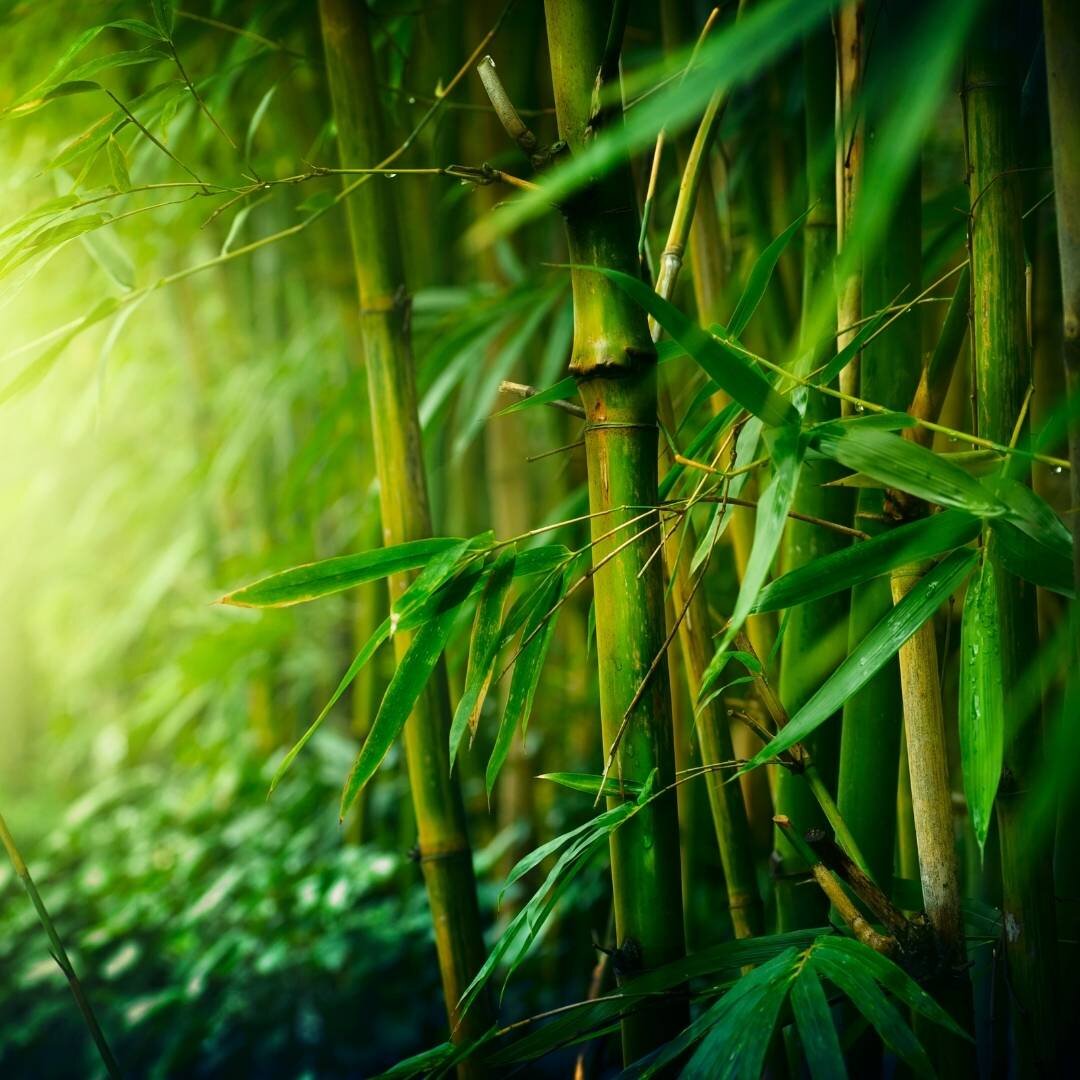Eco-Friendly Fabrics & Fibers
A quick look at the truth behind some of the most common sustainable fabrics and fibers.
There’s a lot to unpack when it comes to the sustainability of various textiles. Instead of diving into the deep end all at once, we wanted to share some of our research so you can take a quick look at some of the most common eco-friendly fabrics available. Our personal favorite is hemp—what’s yours?
Hemp
Hemp isn’t just for hippies. In fact, it’s one of the most versatile fibers on the market today. These crops are considered weeds because they don’t need much space or water to grow and can actually diminish the presence of pests. It is also known to naturally regenerate nutrients within the earth and balance out the abundance of carbon dioxide in the atmosphere. Plus, the manufacturing process is often completely organic. As long as you buy from honest, ethical companies that clearly label their hemp as organic, you’ve essentially struck fabric gold.
Linen
Linen is similar to hemp in the sense that they both derive from the stem of a plant, can be grown virtually anywhere and are highly versatile. Ideal for summer, this breathable fabric stands up against heat, absorbs moisture and gets softer the more you wear and wash it. Just be wary of bleach or dyes that may be used in the manufacturing process: Whenever possible, opt for linen in its natural colors like ecru, ivory, oatmeal and taupe.
Organic Cotton
Cotton is the most widely produced fiber on Earth, but it goes without saying that it is also tied to various unethical practices, including the use of pesticides. Thankfully, organic cotton is available as a non-toxic, all-natural alternative. Farmers who grow this crop organically are saving themselves as well as consumers from exposure to these harmful chemicals.
That being said, it must be noted that this crop requires a lot of water. Additionally, pesticide-free farming often results in crop loss, therefore, more land is needed to grow an adequate amount. Check for certifications like the Global Organic Textile Standard or Better Cotton Initiative to ensure you’re purchasing a quality product.
Silk
Whether you’re vegan or value non-toxic textiles, you likely avoid silk. Though this process can often be considered zero waste, traditional manufacturing processes are known to harm silkworms and often employ the use of chemicals, unless certified organic. Thankfully, there are plenty of alternatives that can suit anyone’s needs. While not vegan, peace silk is a more mindful alternative to traditional silk. Other plant-based options include ramie, synthetic spider silk and fabrics derived from lotus stems.
Tencel
Tencel is a brand name for lyocell and modal, which are derived from the wood pulp of eucalyptus and beech trees, respectively. This fabric is ideal for athletic wear due to its absorbency and breathability. Though the manufacturing process involves the use of chemicals, and often dyes, they are never distributed into the environment due to a closed-loop system. Additionally, it helps save energy and water usage, especially compared to conventional cotton.
Bamboo
There are many eco-friendly aspects of bamboo-based fabrics: This crop doesn’t require a lot of water or typically any pesticides to maintain, it grows quickly and regenerates of its own accord.
But not everything is as it seems. Previously touted for its ability to diminish carbon dioxide emissions, researchers have recently called this into question. That being said, their findings are based on a significantly small study, so it’s difficult to determine the truth.
Even if growing bamboo is decidedly sustainable, the production process to create the likes of rayon or viscose often involves the use of harmful chemicals. Instead, opt for bamboo linen, which undergoes a similar process to our favorite textile: hemp.









